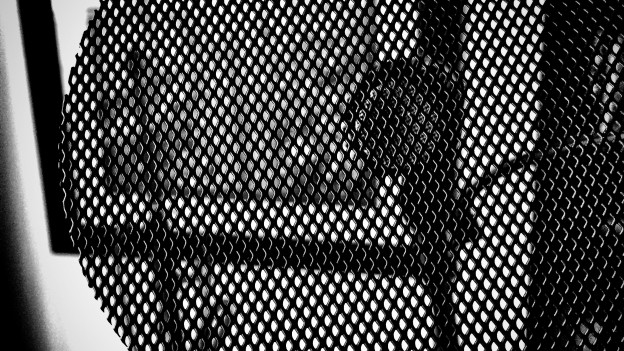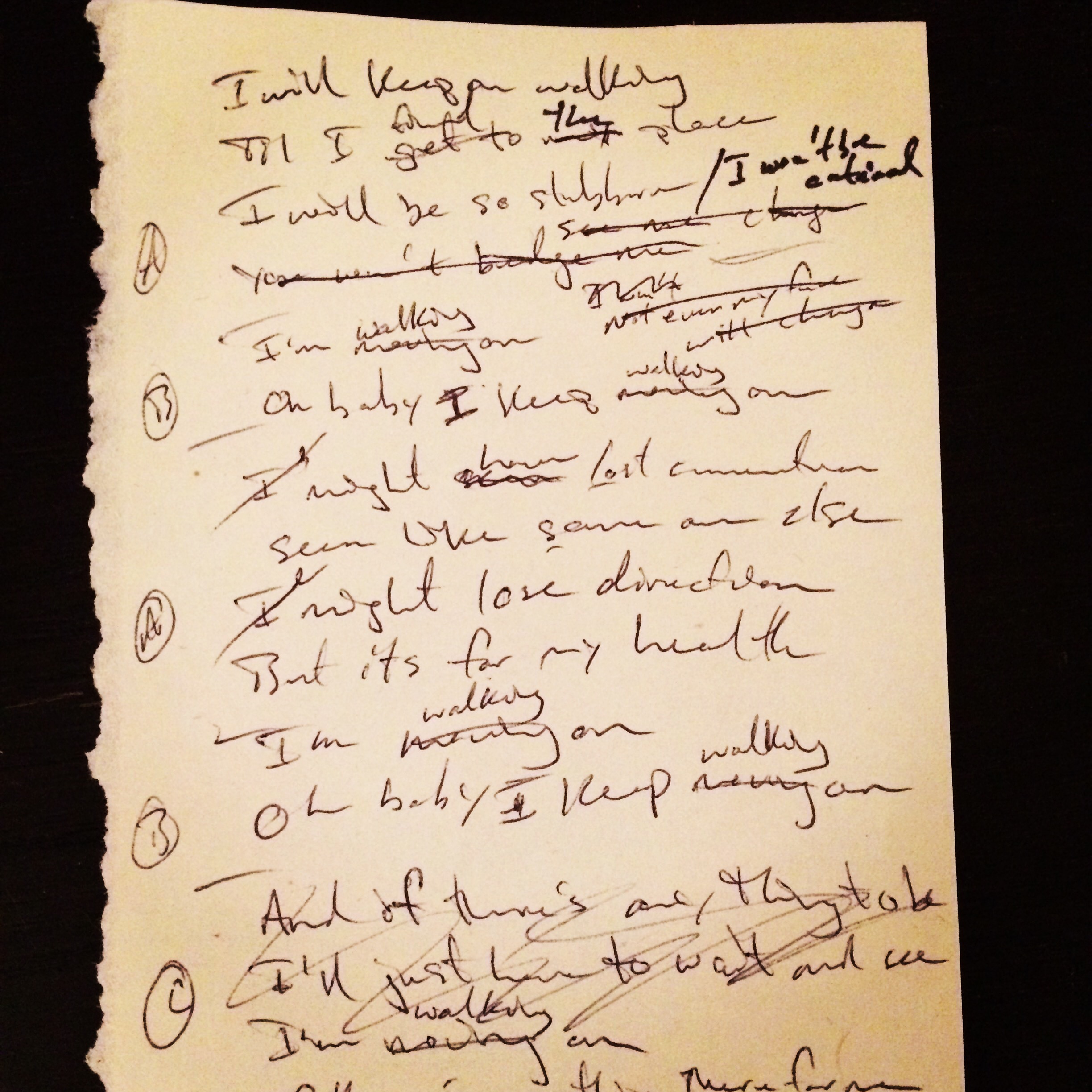
When is a piece of art – be it visual, music, writing, or something else – considered finished?
There is always something to add, change, or fix. Always something that could be different or better. And when you’re working digitally, it becomes more apparent. You can theoretically create unlimited versions of any piece.
When does it end? Or, does it ever end?
Is most art still a work in progress?
When Queen recorded Bohemian Rhapsody, they layered so many vocal harmonies and new tracks that they could actually see through the tape. It wasn’t until they were on the verge of physically breaking the technology, the tape, they considered it finished. The technology forced them into it!
Walt Whitman was never truly finished with Leaves of Grass. Each new printing was an opportunity to add, change, and evolve the work. In his third edition, he added 146 new poems. The eighth edition was the final time he altered it, 33 years after the first edition!
It’s been said that a work of art takes on a life of it’s own once it is received and interpreted by an audience. I find it interesting that a work of art also evolves at the hand of the artist. The art has an initial birth, but has the opportunity to evolve over time.
My single, Walking On, follows in this tradition.
It began as a contribution to a benefit compilation album. Banding Together is both a celebration of local music and a benefit for the Spondylitis Association of America. It’s a yearly event organized by Lazlo at blowupradio.com.
For the 2016 compilation, it didn’t feel right to take the same stripped-down approach I had taken in previous years. My live show had evolved. I was experimenting with live looping. Ty Tuschen had been joining me on electric guitar for shows. I wanted to incorporate these new elements into the recording.
So I evolved my recording process. I live-looped a guitar percussion part, played guitar and sang over the loop. Then, I invited Ty to play electric guitar. He added a killer guitar solo, a slide guitar, and some additional atmosphere. I added a bass to fill it out. It sounded great. I released it to Lazlo just within the deadline!
Walking On was officially birthed, but was it finished?
Like Queen, I began thinking of new parts that might make it better.
Like Walt Whitman, I began thinking about what else I might do with the track as part of it’s next release. Send it to all of the major distributors like Apple Music, Amazon, and Spotify. Make it an official single. At the same time, I knew the Banding Together version ought to be exclusive to the compilation.
I went into the recording session file and duplicated it. Just like that, the next evolution of the song was born. A work in progress.
The looped guitar percussion was unique, but didn’t hit you with enough impact. I doubled it with a kick drum (a live sample and an 808) and hand claps.
The lead vocal was recorded live in one take. I knew I could make it better. I learned some new vocal production tips to thicken the main vocal and make it shine.
What about backing vocals? Yes!
Then, I thought the bass should be more present. So I doubled it with a sine wave synth bass.
After (probably) a few too many days of mixing and tweaking, wondering if Walking On was actually finished, I did a final export.
This latest version of Walking On is the one I’m sticking with for now. I’m glad it did not take me 33 years to get there. I’m also glad I didn’t risk a technology breakdown to get there.
It’s available everywhere you can find digital music. Apple Music/iTunes, Spotify, Amazon, Bandcamp, and hundreds more.
I’m in the midst of the next work in progress. Like Queen, I’m pushing the technological limits. I’m working with 100+ audio tracks and my system is on the verge of breaking down. When it’s as good as it can be, I will release it as another single. Maybe when I have enough singles, I’ll have an EP. Or a full-length album.
Maybe when I get to that point, I’ll have another opportunity to further evolve these works in progress.


